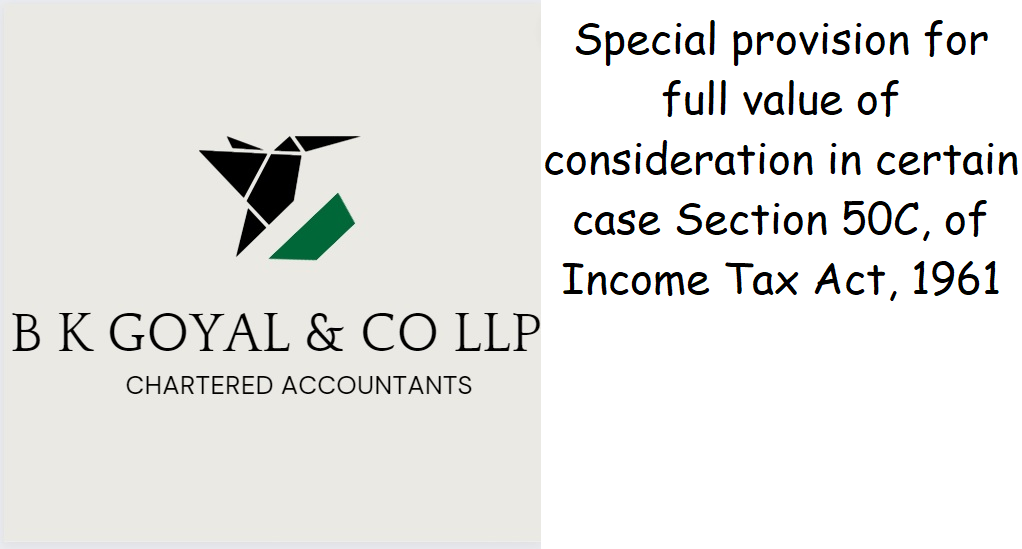(1) Where the consideration received or accruing as a result of the transfer by an assessee of a capital asset, being land or building or both, is less than the value adopted or assessed or assessable by any authority of a State Government (hereafter in this section referred to as the “stamp valuation authority”) for the purpose of payment of stamp duty in respect of such transfer, the value so adopted or assessed or assessable shall, for the purposes of section 48, be deemed to be the full value of the consideration received or accruing as a result of such transfer:
Provided that where the date of the agreement fixing the amount of consideration and the date of registration for the transfer of the capital asset are not the same, the value adopted or assessed or assessable by the stamp valuation authority on the date of agreement may be taken for the purposes of computing full value of consideration for such transfer:
Provided further that the first proviso shall apply only in a case where the amount of consideration, or a part thereof, has been received by way of an account payee cheque or account payee bank draft or by use of electronic clearing system through a bank account or through such other electronic mode as may be prescribed7, on or before the date of the agreement for transfer:
Provided also that where the value adopted or assessed or assessable by the stamp valuation authority does not exceed one hundred and ten per cent of the consideration received or accruing as a result of the transfer, the consideration so received or accruing as a result of the transfer shall, for the purposes of section 48, be deemed to be the full value of the consideration.
(2) Without prejudice to the provisions of sub-section (1), where—
(a) the assessee claims before any Assessing Officer that the value adopted or assessed or assessable by the stamp valuation authority under sub-section (1) exceeds the fair market value of the property as on the date of transfer;
(b) the value so adopted or assessed or assessable by the stamp valuation authority under sub-section (1) has not been disputed in any appeal or revision or no reference has been made before any other authority, court or the High Court,
the Assessing Officer may refer the valuation of the capital asset to a Valuation Officer and where any such reference is made, the provisions of sub-sections (2), (3), (4), (5) and (6) of section 16A, clause (i) of sub-section (1) and sub-sections (6) and (7) of section 23A, sub-section (5) of section 24, section 34AA, section 35 and section 37 of the Wealth-tax Act, 1957 (27 of 1957), shall, with necessary modifications, apply in relation to such reference as they apply in relation to a reference made by the Assessing Officer under sub-section (1) of section 16A of that Act.
Explanation 1.—For the purposes of this section, “Valuation Officer” shall have the same meaning as in clause (r) of section 2 of the Wealth-tax Act, 1957 (27 of 1957).
Explanation 2.—For the purposes of this section, the expression “assessable” means the price which the stamp valuation authority would have, notwithstanding anything to the contrary contained in any other law for the time being in force, adopted or assessed, if it were referred to such authority for the purposes of the payment of stamp duty.
(3) Subject to the provisions contained in sub-section (2), where the value ascertained under sub-section (2) exceeds the value adopted or assessed or assessable by the stamp valuation authority referred to in sub-section (1), the value so adopted or assessed or assessable by such authority shall be taken as the full value of the consideration received or accruing as a result of the transfer.
